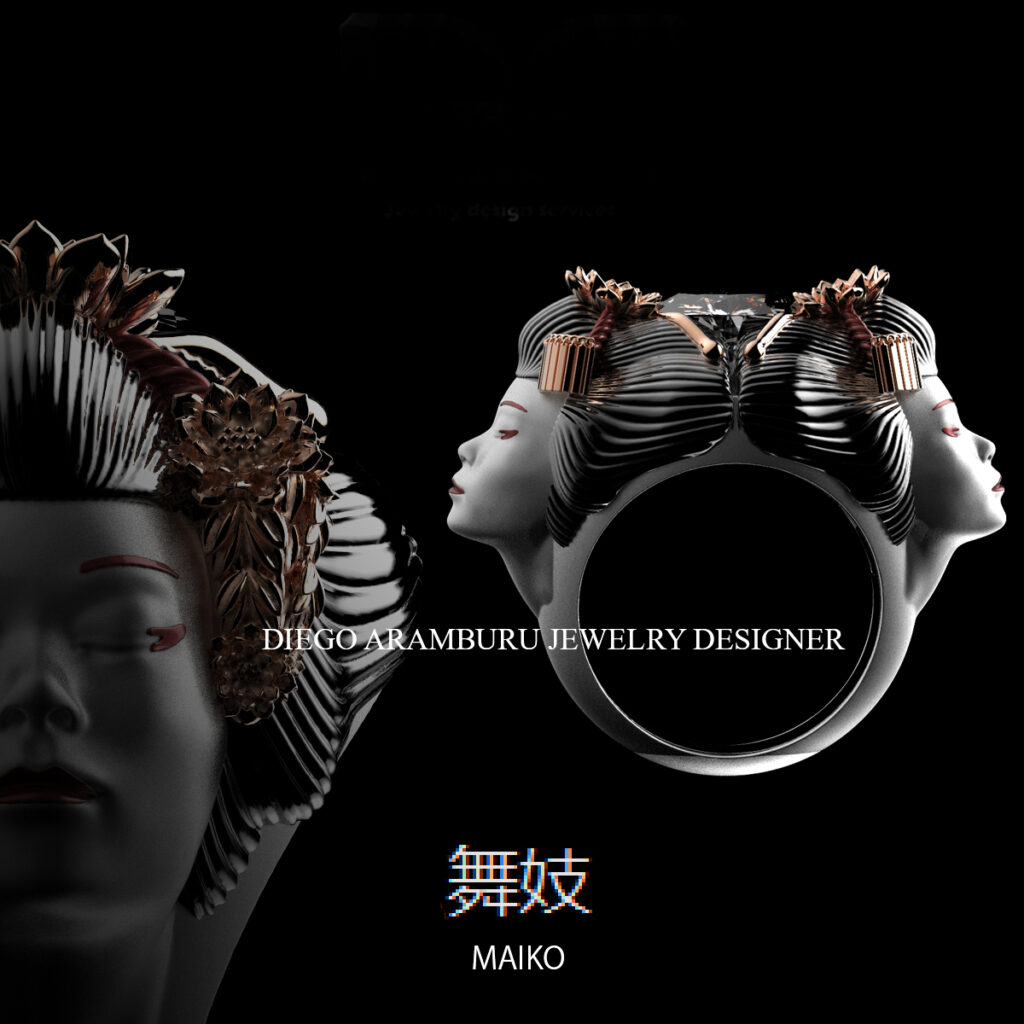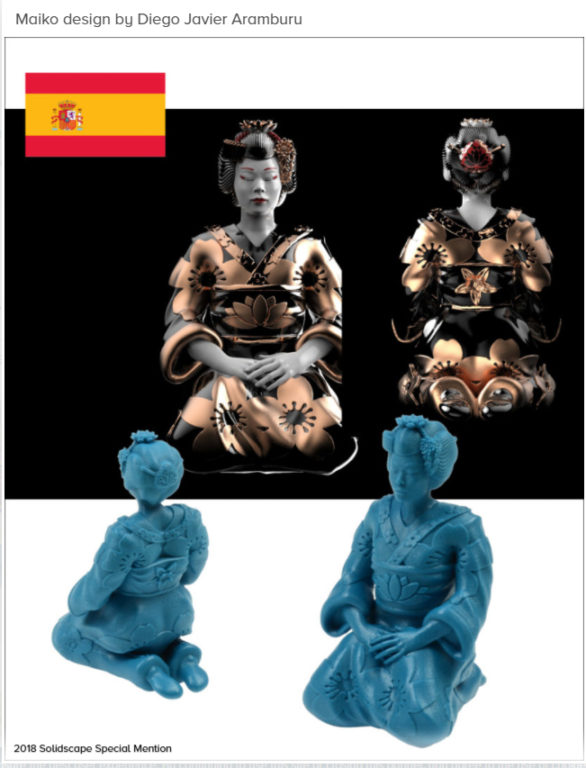 I find it crucial to address the issue of honesty in 3D design, as this article might be read by young, hopeful designers embarking on their journey. I would like to share a personal experience to shed light on this aspect. On several occasions, we’ve discussed in articles that 3D design and 3D rendering are two distinct things; design itself is a mental preconfiguration, a creative process of shaping the forms and functionalities of an object, in other words, a process of creation.
I find it crucial to address the issue of honesty in 3D design, as this article might be read by young, hopeful designers embarking on their journey. I would like to share a personal experience to shed light on this aspect. On several occasions, we’ve discussed in articles that 3D design and 3D rendering are two distinct things; design itself is a mental preconfiguration, a creative process of shaping the forms and functionalities of an object, in other words, a process of creation.
I’ll refer to an experience from six years ago when we aimed to participate in an international design competition by Solidscape held in Las Vegas. To begin, we sought an original idea, a design truly fitting for such a prestigious contest. Describing the process of finding inspiration for a design competition is challenging. It involved hours and hours, days of gazing at art objects, sculptures, jewelry from renowned designers until the spark ignited. And when it does, you are certain the decision is the right one. The decision was a Maiko (Maikos are apprentice geishas).
Once you have the idea, the next step is figuring out how to apply it. Initially, I thought of focusing on the face, ornaments, and typical hairstyles, but then we considered something more intricate: portraying her seated, full-body, with traditional attire. The entire process took about three weeks of intense work, gathering information about Maikos, their attire, the history—an exhilarating journey into the world of Japanese culture. I won’t delve into the back-and-forth decisions about the final design, but it was a laborious yet satisfying process when you see something you envisioned transform into a well-crafted and rendered 3D piece. We received an honorable mention, thanks to Solidscape’s generosity, which surprised us as we genuinely expected nothing. Weeks later, we crafted a ring featuring the head of the Maiko. While it presented another technical challenge, the result pleased us.
What does this experience have to do with honesty? Quite a bit. Two years later, using Google’s reverse image search, we found thousands of instances where our Maiko was being used as advertising by other designers. The initial reaction was a sense of injustice—so many hours of work and effort for people with few scruples to use it, deceiving potential clients. Why? But then came the thought that when a piece generates such interest, it must have something good about it. Sometimes the shortcut or the path of lies is the worst possible route; it’s better to receive an honorable mention in a contest than to win it with someone else’s work. The lingering feeling was pondering whether the thousands who used the image of our Maiko didn’t believe they could achieve something similar when, in reality, with determination, effort, hours, and passion, anyone is capable of anything.
In conclusion, I wanted to share this experience because if you’re starting your journey in 3D design or the art world, I want you to know that the satisfaction derived from a quality product after considerable effort is priceless. Moreover, you should never be ashamed of mistakes on the path to design, as errors are the only way to learn. On the other hand, you will feel shame if someone discovers you’ve used others’ work for personal gain. It’s not worth it.
At 3dcustomjewel.com, we continue learning and enjoying this never-ending journey of evolution, hoping this simple story inspires someone to be better.


